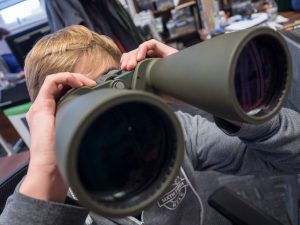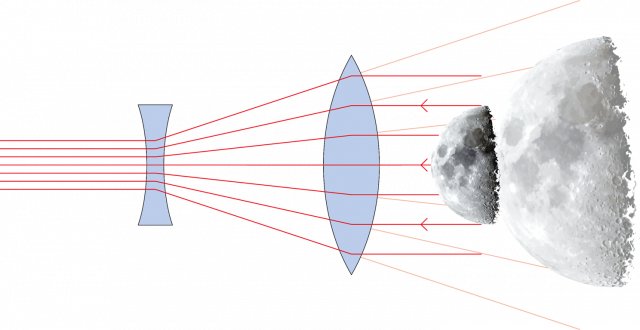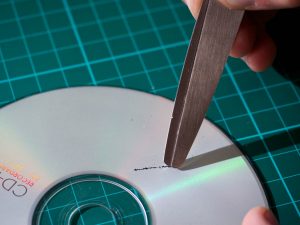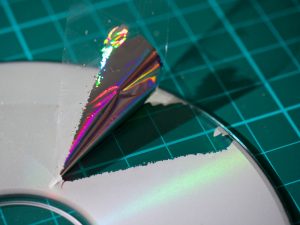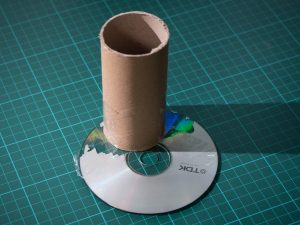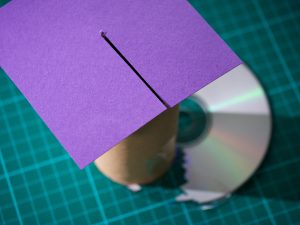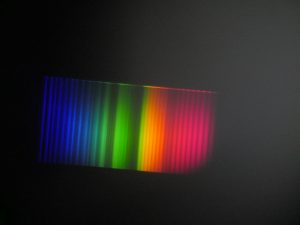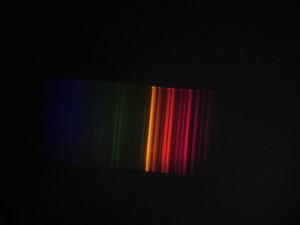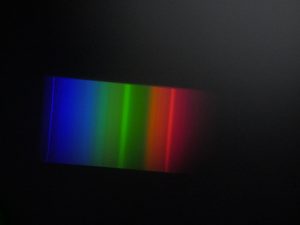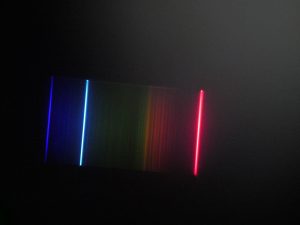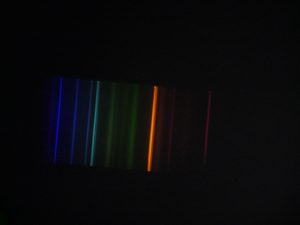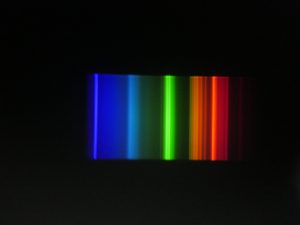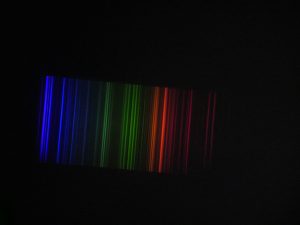What is an astronomer?
Astronomers are a type of scientist that study objects in space. They use telescopes, satellites and spacecraft to collect data and use this to help us understand events in the universe.
The skills and attributes you may need to become an astronomer are open-mindedness, self-motivation and patience.
Do try this at home: observe the night sky
You may be lucky enough to have your own telescope or a pair of binoculars to observe the night sky, but it is possible to observe the stars without this equipment. Click here to visit an online planetarium that will show you what you can see in the sky right now. You can change the location so that the planetarium shows you the sky above your house. You could use this to help you spot stars and planets from your back garden.
What is a telescope?
A telescope magnifies distant objects using lenses. The big lens in the telescope (objective lens) collects much more light than your eye can from a distant object and focuses the light to a point (the focal point) inside the telescope. A smaller lens (eyepiece lens) takes the bright light from the focal point and magnifies it so that it uses more of your retina and appears to have come from a much larger object. Click here for more facts about light and lenses.
In our Astronomer workshop you found out about the history of telescopes. This video shows a telescope of the future.
Do try this at home: build your own telescope
To build your own telescope using magnifying lenses (you can buy these from Amazon for as little as 40p) click here.
Spectroscopes
You may have brought a spectroscope you made at school home with you. A spectroscope is an tool used by astronomers to split the light collected by a telescope into its colours. This allows astronomers see the details in the light from space. When astronomers pass the light of a star through a spectrometer, they get a spectrum of the star. Stars are made up of different elements and each element emits light of a particular frequency which we see as a particular colour. Oxygen, for example creates red and green colours. Astronomers can use this information to find out what stars are made of even though they are millions of miles away.
Do try this at home: make your own spectrometer
You will need: an CD (an old one will do, but this won’t work with a paper covered CD), a cardboard tube, a piece of card to fit over your tube, scissors and sticky tape.
Safe science – be careful when using the scissors to scratch the CD and cut the card.
Never look directly at the sun; even when using your spectroscope.
- Make a scratch on the printed side of the CD.
2. Use sticky tape to peel off the coating.
3. Tape the CD and cardboard tube together.
4. Cut a small slice into the card and then tape it to the tube.
You have made a spectroscope. Point it at a light and look through the CD end. What do you see? Do you recognise the pattern or colours? You should
be able to see a rainbow. Where do you think the colours are coming from?
Start experimenting!
Try looking at different types of light and different light sources: desk lamps, fluorescent tubes, TVs, mobile phone torches. Can you spot any differences in the patterns that you can see? Why do you think this is? What might be different about the lights you are looking at?

